|
1950 Campeonato Profesional
The 1950 Campeonato Profesional was the third season of Colombia's top-flight football league. 16 teams compete against one another and played each weekend. The tournament was notable for being the second year of El Dorado. Deportes Caldas won the league for 1st time in its history after getting 45 points. Millonarios, the defending champion, was 2nd with 43 points. Background The tournament was the second year of El Dorado. The debutants teams were Cúcuta Deportivo and Sporting de Barranquilla, while Atlético Junior, who had been replaced by Deportivo Barranquilla the previous year, returned to the tournament. On March 17, the DIMAYOR introduced new rules: All the teams had to wear jersey numbers, all grounds must be properly delimited and the length of the matches had to be respected, etc. On July 1, Huracán and América draw 6-6, being the draw with more goals in the history of the Categoría Primera A. League system Every team played two games against each other t ... [...More Info...] [...Related Items...] OR: [Wikipedia] [Google] [Baidu] |
Categoría Primera A
The Categoría Primera A (), commonly referred to as Liga BetPlay Dimayor (between 2015 and 2019 ''Liga Águila'') due to sponsorship by online betting company BetPlay, is a Colombian professional league for association football clubs. It is the country's premier football tournament and sits at the top of the Colombian football league system. A total of twenty clubs compete in the league's regular season. ''División Mayor del Fútbol Profesional Colombiano'', better known as DIMAYOR, operates the league system of promotion and relegation for both Categoría Primera A and Categoría Primera B leagues. Since its foundation in 1948, fifteen teams have been crowned as Colombian football champions. The most successful club is Atlético Nacional with 17 titles. History Before 1948 there was no professional football league in Colombia. The first clubs were formed in Barranquilla and Bogotá: Barranquilla FC, Polo Club, Escuela Militar and Bartolinos, although the game took a while t ... [...More Info...] [...Related Items...] OR: [Wikipedia] [Google] [Baidu] |
Colombia
Colombia (, ; ), officially the Republic of Colombia, is a country in South America with insular regions in North America—near Nicaragua's Caribbean coast—as well as in the Pacific Ocean. The Colombian mainland is bordered by the Caribbean Sea to the north, Venezuela to the east and northeast, Brazil to the southeast, Ecuador and Peru to the south and southwest, the Pacific Ocean to the west, and Panama to the northwest. Colombia is divided into 32 departments and the Capital District of Bogotá, the country's largest city. It covers an area of 1,141,748 square kilometers (440,831 sq mi), and has a population of 52 million. Colombia's cultural heritage—including language, religion, cuisine, and art—reflects its history as a Spanish colony, fusing cultural elements brought by immigration from Europe and the Middle East, with those brought by enslaved Africans, as well as with those of the various Amerindian civilizations that predate colonization. Spanish is th ... [...More Info...] [...Related Items...] OR: [Wikipedia] [Google] [Baidu] |
Pereira, Colombia
Pereira () is the capital city of the Colombian department of Risaralda. It is located in the foothills of the Andes in a coffee-producing area of Colombia officially known as the " Coffee Axis". Pereira, alongside the rest of the Coffee Axis, form part of UNESCO World Heritage Site known as the "Coffee Cultural Landscape of Colombia"."Colombia green guide Michelin 2012-2013." Michelin. 2012. Accessed at Google Books 29 December 2013. It is the most populated city in the Coffee Axis. Pereira is also part of the Central West Metropolitan Area, which has 709,322 residents and is composed of Pereira and the neighboring cities of Dosquebradas and |
Medellín
Medellín ( or ), officially the Municipality of Medellín ( es, Municipio de Medellín), is the second-largest city in Colombia, after Bogotá, and the capital of the department of Antioquia. It is located in the Aburrá Valley, a central region of the Andes Mountains in South America. According to the National Administrative Department of Statistics, the city had an estimated population of 2,508,452 according to the 2018 census. With its surrounding area that includes nine other cities, the metropolitan area of Medellín is the second-largest urban agglomeration in Colombia in terms of population and economy, with more than 4 million people. In 1616, the Spaniard Francisco Herrera Campuzano erected a small indigenous village ("''poblado''") known as " Saint Lawrence of Aburrá" (''San Lorenzo de Aburrá''), located in the present-day El Poblado commune. On 2 November 1675, the queen consort Mariana of Austria founded the "Town of Our Lady of Candelaria of Medellín" (''Vil ... [...More Info...] [...Related Items...] OR: [Wikipedia] [Google] [Baidu] |
Manizales
Manizales () is a city in central Colombia. It is the capital of the Caldas Department, Department of Caldas, and lies near the Nevado del Ruiz volcano. Currently, the city is the main center for the production of Colombian coffee and an important hub for higher educational institutions. History Manizales was founded on October 12, 1849. The city was founded by a group of twenty Antioquia Department, Antioquians (''The Expedition of the 20''), who came from Neira, Caldas, Neira and Salamina, Caldas, Salamina. Geography Manizales is the capital city of one of the smallest Colombian departments. The city is described as having an "abrupt topography", and lies on the Colombian Central Mountain Range (part of the longest continental mountain range, the Andes), with a great deal of ridgelines and steep slopes, which, combined with the seismic instability of the area, has required architectural adaptations and public works to make the city safer. Even though Manizales has this very di ... [...More Info...] [...Related Items...] OR: [Wikipedia] [Google] [Baidu] |
Cúcuta
Cúcuta (), officially San José de Cúcuta, is a Colombian municipality, capital of the department of Norte de Santander and nucleus of the Metropolitan Area of Cúcuta. The city is located in the homonymous valley, at the foot of the Eastern Ranges of the Colombian Andes, on the border with Venezuela. It comprises an area of approximately 1119 km2, with an urban area of 64 km2 (divided into 10 communes) and a rural area of 1055 km2 (divided into 10 townships). The city has a population of 777,106 inhabitants, which makes it the most populous municipality in the department and the sixth most populous municipality in the country. Similarly, its metropolitan area (made up of the municipalities of Villa del Rosario, Los Patios, El Zulia, San Cayetano and Puerto Santander) has an approximate population of 1,046,347. The city was founded as a parish on June 17, 1733, by Juana Rangel de Cuéllar, resident of Pamplona in the area under the name of ''San José de Guasimales'', as ... [...More Info...] [...Related Items...] OR: [Wikipedia] [Google] [Baidu] |
Cali
Santiago de Cali (), or Cali, is the capital of the Valle del Cauca department, and the most populous city in southwest Colombia, with 2,227,642 residents according to the 2018 census. The city spans with of urban area, making Cali the second-largest city in the country by area and the third most populous after Bogotá and Medellín. As the only major Colombian city with access to the Pacific Coast, Cali is the main urban and economic center in the south of the country, and has one of Colombia's fastest-growing economies. The city was founded on 25 July 1536 by the Spanish explorer Sebastián de Belalcázar. As a sporting center for Colombia, it was the host city for the 1971 Pan American Games. Cali also hosted the 1992 World Wrestling Championships, the 2013 edition of the World Games, the UCI Track Cycling World Championships in 2014, the World Youth Championships in Athletics in 2015 as well as the inaugural Junior Pan American Games in 2021 and the 2022 World Athletic ... [...More Info...] [...Related Items...] OR: [Wikipedia] [Google] [Baidu] |
Bucaramanga
Bucaramanga () is the capital and largest city of the department of Santander, Colombia. Bucaramanga has the fifth-largest economy by GDP in Colombia, has the lowest unemployment rate and has the ninth-largest population in the country, with 681,130 people. Bucaramanga has over 160 parks scattered throughout the city and has been given the nickname "La Ciudad de Los Parques" ("The City of Parks") and "La Ciudad Bonita de Colombia" ("Colombia's Beautiful City"). Bucaramanga has grown rapidly since the 1960s, mostly into neighbouring locations within the metropolitan area. Floridablanca, Girón and Piedecuesta are inextricably linked geographically and commercially with Bucaramanga, and now all form together the Bucaramanga Metropolitan Area with 1,141,671 inhabitants. The city is the base of the Colombian Petroleum Institute (ICP), the research branch of the state oil company Ecopetrol. History Girón was the first and most significant town founded by Spanish colonialists ... [...More Info...] [...Related Items...] OR: [Wikipedia] [Google] [Baidu] |
Bogotá
Bogotá (, also , , ), officially Bogotá, Distrito Capital, abbreviated Bogotá, D.C., and formerly known as Santa Fe de Bogotá (; ) during the Spanish period and between 1991 and 2000, is the capital city of Colombia, and one of the largest cities in the world. The city is administered as the Capital District, as well as the capital of, though not part of, the surrounding department of Cundinamarca. Bogotá is a territorial entity of the first order, with the same administrative status as the departments of Colombia. It is the political, economic, administrative, and industrial center of the country. Bogotá was founded as the capital of the New Kingdom of Granada on 6 August 1538 by Spanish conquistador Gonzalo Jiménez de Quesada after a harsh expedition into the Andes conquering the Muisca, the indigenous inhabitants of the Altiplano. Santafé (its name after 1540) became the seat of the government of the Spanish Royal Audiencia of the New Kingdom of Granada (cre ... [...More Info...] [...Related Items...] OR: [Wikipedia] [Google] [Baidu] |
Barranquilla
Barranquilla () is the capital district of Atlántico Department in Colombia. It is located near the Caribbean Sea and is the largest city and third port in the Caribbean Coast region; as of 2018 it had a population of 1,206,319, making it Colombia's fourth-most populous city after Bogotá, Medellín, and Cali. Barranquilla lies strategically next to the delta of the Magdalena River, (originally before rapid urban growth) from its mouth at the Caribbean Sea, serving as a port for river and maritime transportation within Colombia. It is also the main economic center of Atlántico department in Colombia. The city is the core of the Metropolitan Area of Barranquilla, with a population of over 2 million, which also includes the municipalities of Soledad, Galapa, Malambo, and Puerto Colombia. Barranquilla was legally established as a town on April 7, 1813, although it dates from at least 1629. It grew into an important port, serving as a haven for immigrants from Europe, espe ... [...More Info...] [...Related Items...] OR: [Wikipedia] [Google] [Baidu] |
Goal Difference
Goal difference, goal differential or points difference is a form of tiebreaker used to rank sport teams which finish on equal points in a league competition. Either "goal difference" or "points difference" is used, depending on whether matches are scored by goals (as in ice hockey and association football) or by points (as in rugby union and basketball). Goal difference is calculated as the number of goals scored in all league matches minus the number of goals conceded, and is sometimes known simply as plus–minus. Goal difference was first introduced as a tiebreaker in association football, at the 1970 FIFA World Cup, and was adopted by the Football League in England five years later. It has since spread to many other competitions, where it is typically used as either the first or, after tying teams' head-to-head records, second tiebreaker. Goal difference is zero sum, in that a gain for one team (+1) is exactly balanced by the loss for their opponent (–1). Therefore, the su ... [...More Info...] [...Related Items...] OR: [Wikipedia] [Google] [Baidu] |


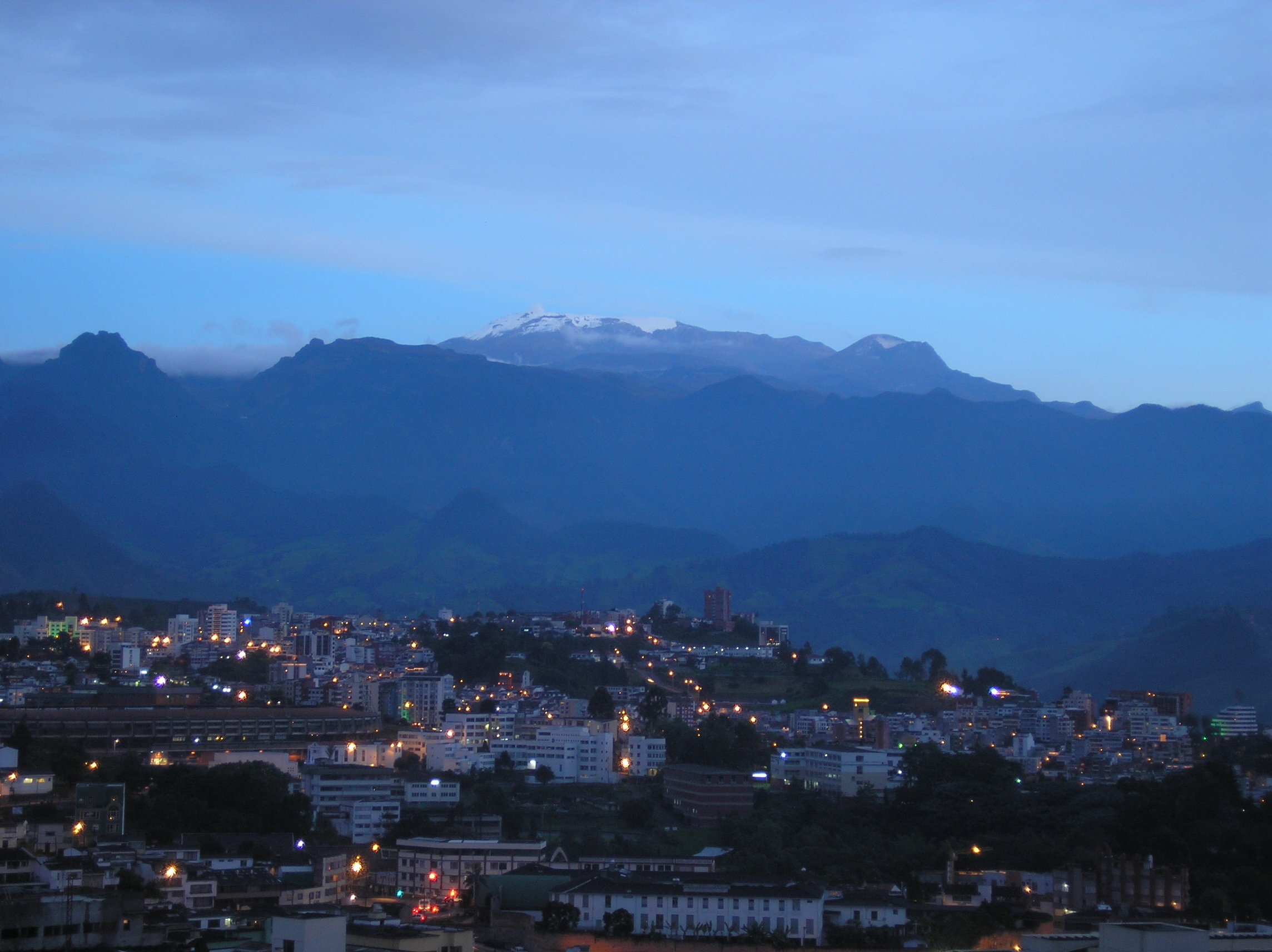
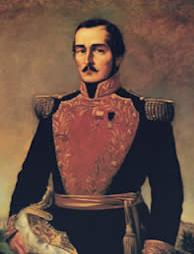
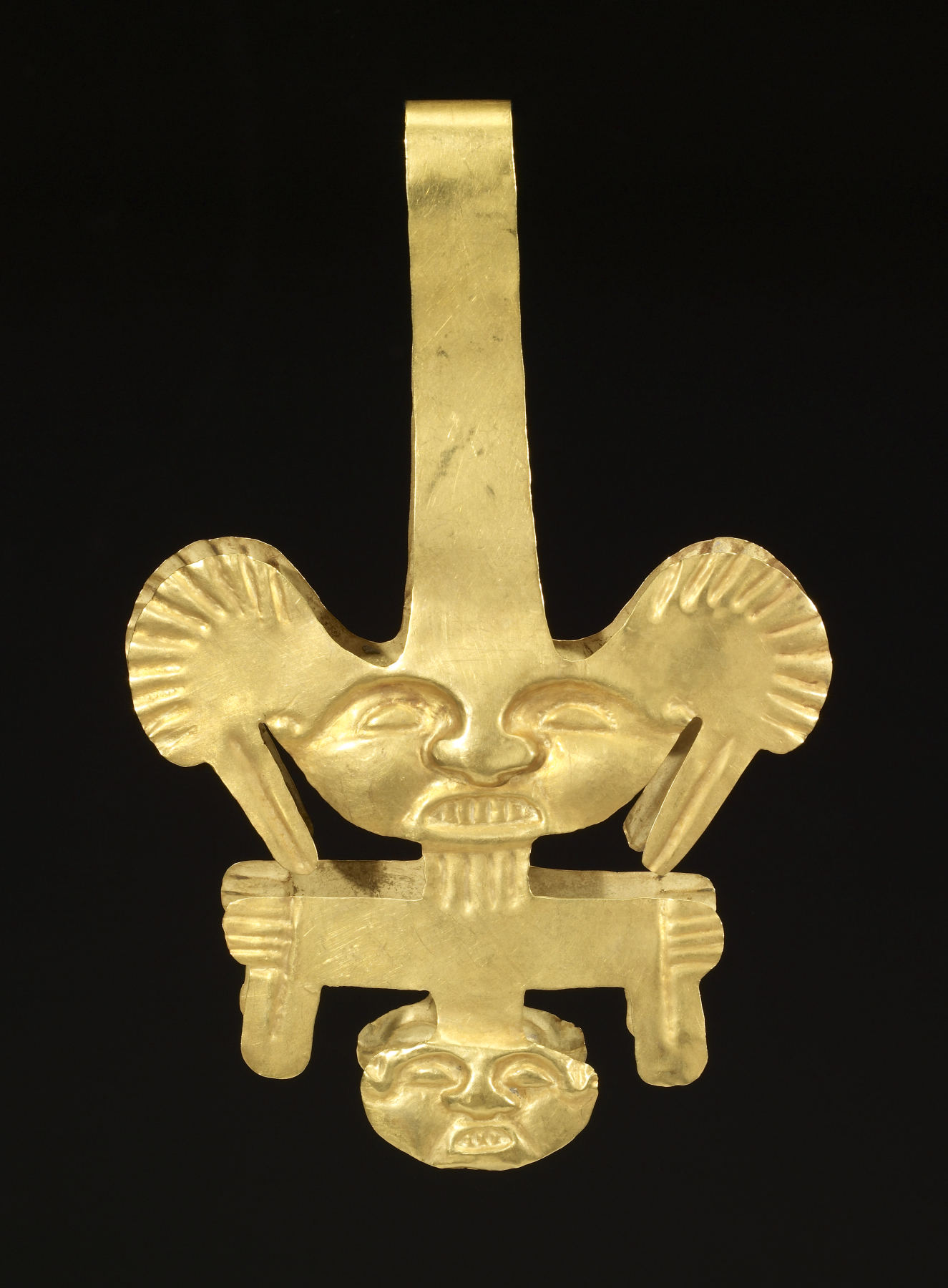
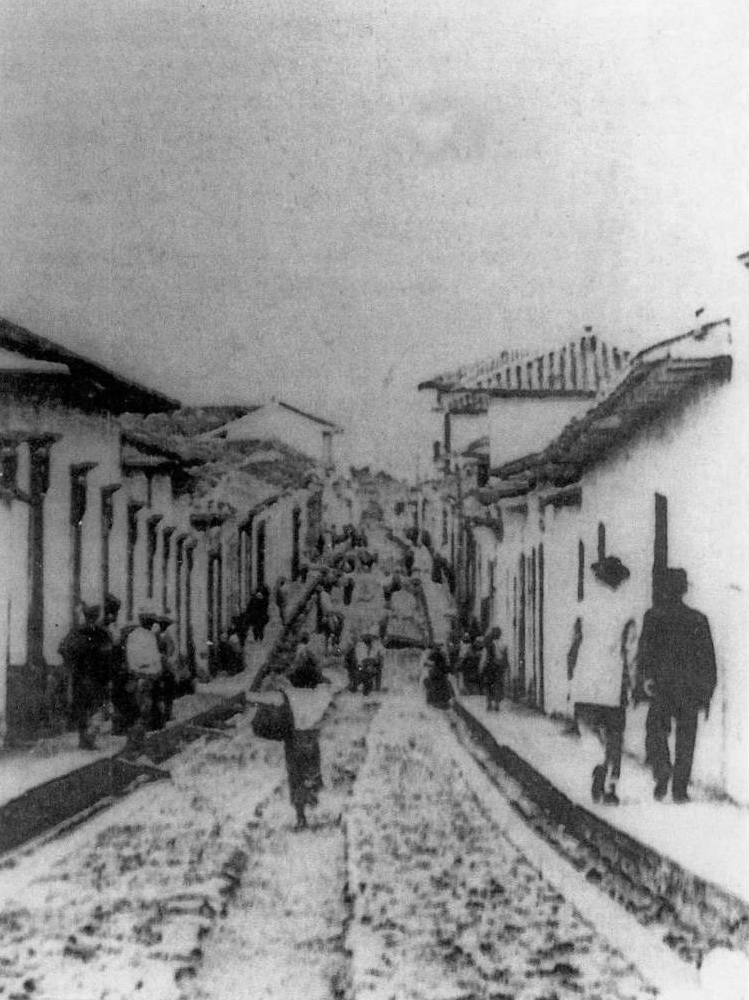

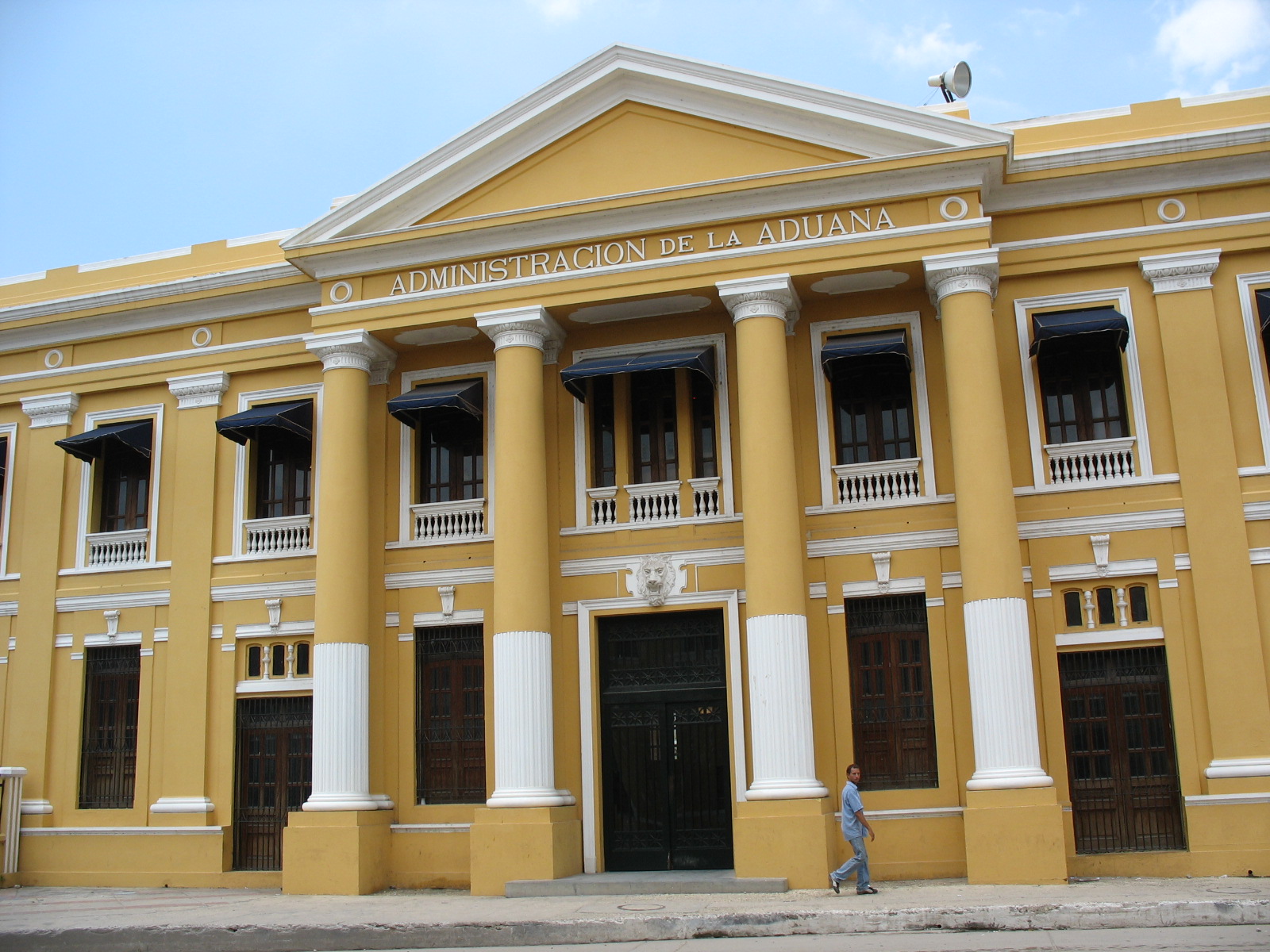
.png)